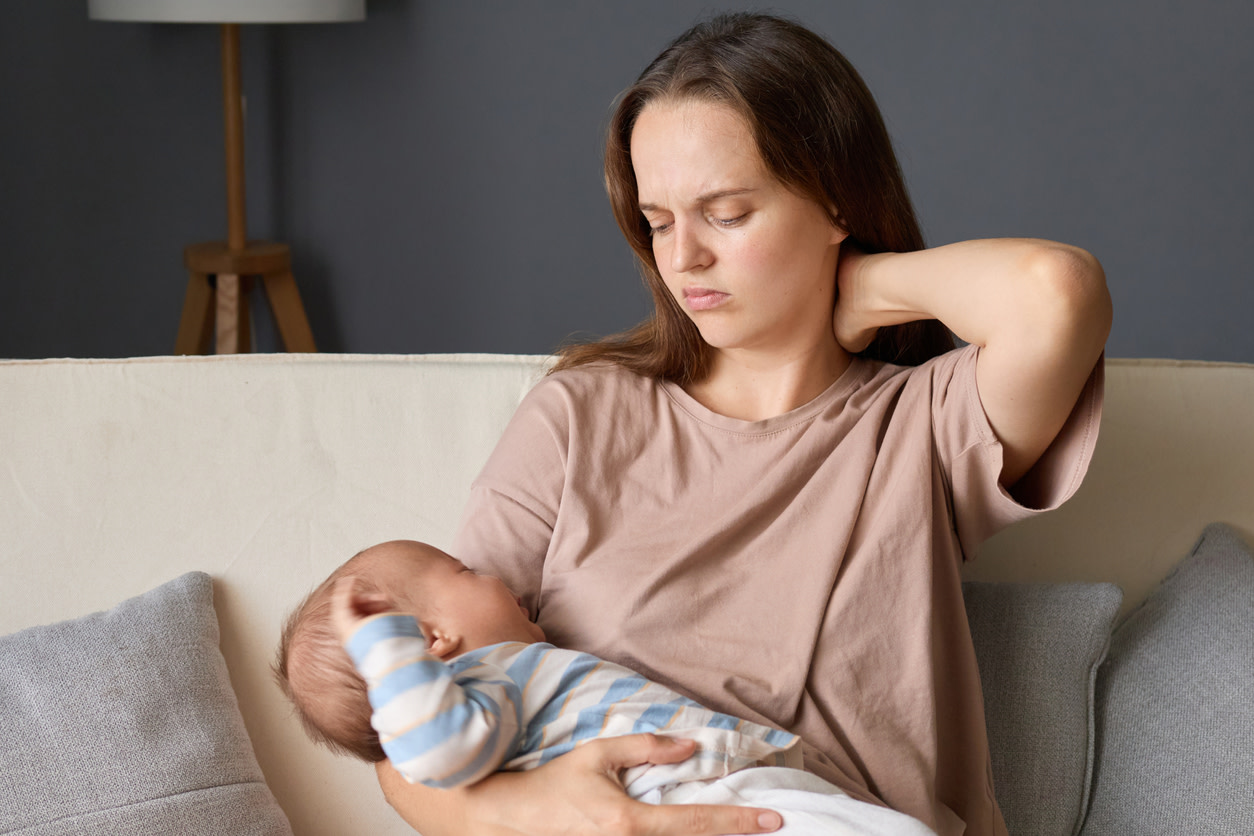Postpartum joint pain: causes, exercises, and tips for joint pain relief
Learn what causes postpartum joint pain and how to treat it. Get expert tips and exercises to manage joint pain after pregnancy and childbirth.
$0 costo para usted
Fecha de Publicación: Aug 19, 2025
El índice
Fully Covered Pelvic Care
Find relief from pelvic pain, leakage, muscle weakness, & more.
Check if I'm eligibleExercises for postpartum joint pain
Want expert care? Check if you're covered for our free program →- Standing child’s pose
- Open book rotations
- Scapular squeezes
- Bridge
- Mini squat
- Tendon glides
